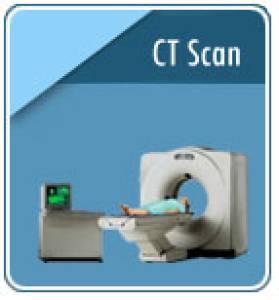
A Computed Tomography (CT) scan is a powerful non-invasive medical imaging technique that uses X-rays and a computer to create detailed cross-sectional images of the body. Unlike a standard X-ray which produces a single, flat image, a CT scan creates a series of images that can be viewed as slices or reconstructed into 3D models. This provides physicians with a comprehensive and precise view of internal organs, bones, soft tissues, and blood vessels.
How it Works:
A CT scanner uses a rotating X-ray tube and detectors to acquire data as you lie on a table that moves through the scanner's opening (gantry). The X-rays pass through your body, and the detectors measure the amount of radiation that passes through. The computer then processes this data to create highly detailed images. The entire process is typically quick, lasting only a few minutes.
Uses of CT Scans:
CT scans are used for a wide range of diagnostic purposes, including:
Advantages of CT Scans:
Disadvantages of CT Scans:
Preparation for a CT Scan:
Preparation varies depending on the reason for the scan and whether contrast dye will be used. Your physician or the radiology technician will provide specific instructions. This may include fasting before the scan if contrast is used. It is important to inform your healthcare provider about any allergies, medications, or medical conditions you have.
After the CT Scan:
You will usually be able to resume your normal activities immediately after the scan. Your physician will review the images and discuss the results with you.
Note: This information is for general knowledge and does not constitute medical advice. Always consult with your physician or healthcare provider for diagnosis and treatment of any medical condition.